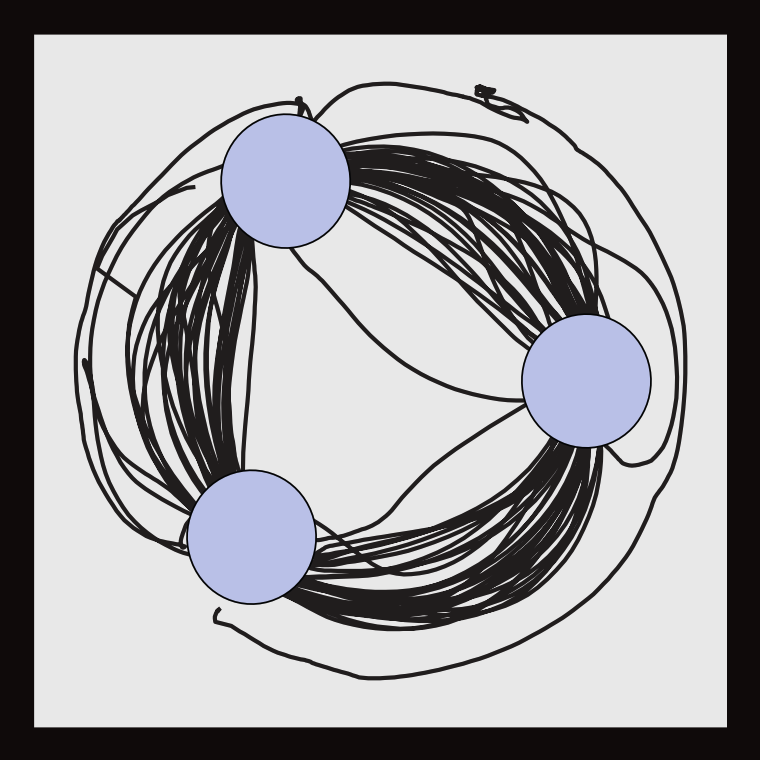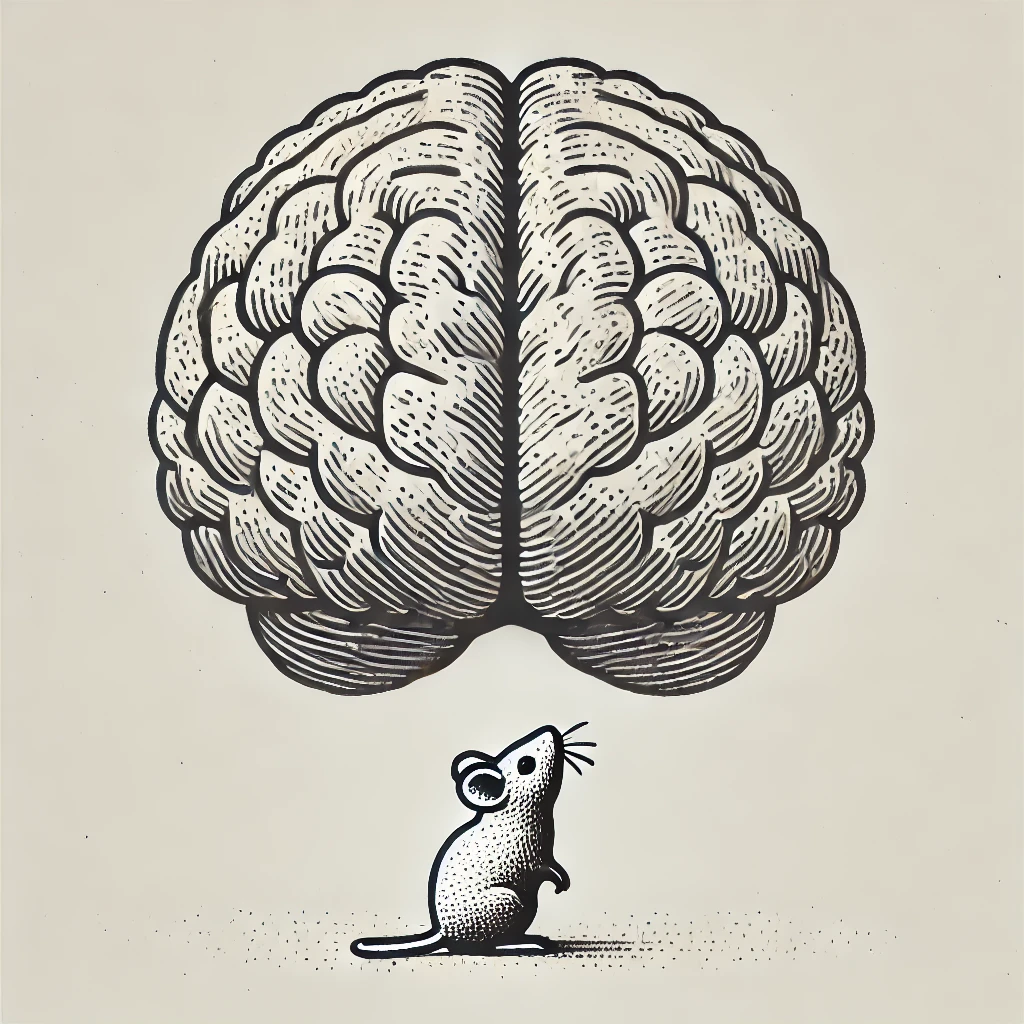
The problem
Decision-making theories suggest that individuals analyze potential costs and benefits to guide their actions. Making appropriate choices then requires learning from experience the value of available options. The dopaminergic system is strongly implicated in these evaluation mechanisms, and we ask whether the basic mechanisms underlying choice can be modified by drug exposure and/or by manipulating the distribution of nAChRs within the dopaminergic system. To this end, in recent years we have developed a behavioral approach to study animal choice in tasks under uncertainty by adapting the classic « multi-armed bandit » task to mice. Using a set of marked positions on the floor of a circular arena and intracranial stimulation (ICSS) of the MFB (a bundle of dopaminergic axons originating, inter alia, from the VTA), animals learn to make a series of binary choices between two alternatives.
Several tasks can be implemented according to this principle. In the first one, each goal is rewarded by an ICSS (Deterministic Rule). In the second (Probabilistic rule), each point is associated with a fixed probability of receiving a reward (e.g., 100% for the first point, 50% for the second, and 25% for the third). In wild mice, this rule reveals a strong tendency to explore and a particular attraction to the 50% point, which is associated with maximum uncertainty. Finally, many of our decisions involve repeating successful actions from the past. However, in some cases, and even when faced with the same situation repeatedly, it can be a strategic advantage to produce unusual, variable, or unpredictable behavior. Therefore, we designed a rule (Complex Rule) that reinforces non-repetitive choice sequences: animals are rewarded only if their choice increases the grammatical complexity of the sequence of their last 9 choices (‘ACAB’ is more complex than ‘ACAC’). Even though the rule is incomprehensible to the mice, we found that the mice gradually increased the variability of their choices in order to increase their payoffs.
These experiments open the possibility to analyze the functioning of the dopaminergic system in reinforcement and exploration (using juxtacellular recording or fiber-photometry in freely moving animal), but also how mice represent the different rules. It also allows to estimate the inter-individual variability in task strategy .
Lab publications
- Come M, Gulmez A, Keshishian L, Jehl J, Bousseyrol E, Didienne S, Vicq E, Le Borgne T, Alexandre Mourot A, Faure Ph Dopamine reveals adaptive learning of actions representation biorxiv doi:10.1101/2023.10.28.564518
- Naudé J, Sarazin MXB, Mondoloni S, Hanesse B, Vicq E, Amegandjin F, Mourot A, Faure P, Delord B Dopamine Builds and Reveals Reward-Associated Latent Behavioral Attractors biorxiv doi:10.1101/2022.07.07.499108
- Elise Bousseyrol, Steve Didienne, Samir Takillah, Clement Solié, Maxime Come, Tarek Ahmed Yahia, Sarah Mondoloni, Eléonore Vicq, Ludovic Tricoire, Alexandre Mourot, Jérémie Naudé, Philippe Faure Dopaminergic and prefrontal dynamics co-determine mouse decisions in a spatial gambling task Cell Report Volume 42, Issue 5, 112523, May 30, 2023.
- Dongelmans M, Durand-de Cuttoli R, Nguyen C, Come M, Duranté EK, Lemoine D, Brito R, Ahmed Yahia T, Mondoloni S, Didienne S, Bousseyrol E, Hannesse B, Reynolds LM, Torquet N, Dalkara D,Marti F, Mourot A, Naudé J , Faure P Chronic nicotine increases midbrain dopamine neuron activity and biases individual strategies towards reduced exploration in mice Nature Communications volume 12, Article number : 6945 (2021), https://doi.org/10.1038/s41467-021-27268-7
- Belkaid M., Bousseyrol E., .Durand-de Cuttoli R., Dongelmans M., Duranté E.K., Ahmed Yahia T., Didienne S., Hanesse B., Come M., Mourot A., Naudé J, Sigaud O., Faure P.Mice adaptively generate choice variability in a deterministic task. Communications Biology 2020. [DOI].
- Naudé J., Tolu S., Dongelmans M., Torquet N., Valverde S., Rodriguez G., Pons S., Maskos U., Mourot A., Marti F., Faure P.Nicotinic receptors in the ventral tegmental area promote uncertainty-seeking. Nature Neuroscience, January 2016, doi:10.1038/nn.4223. [Abstract]

